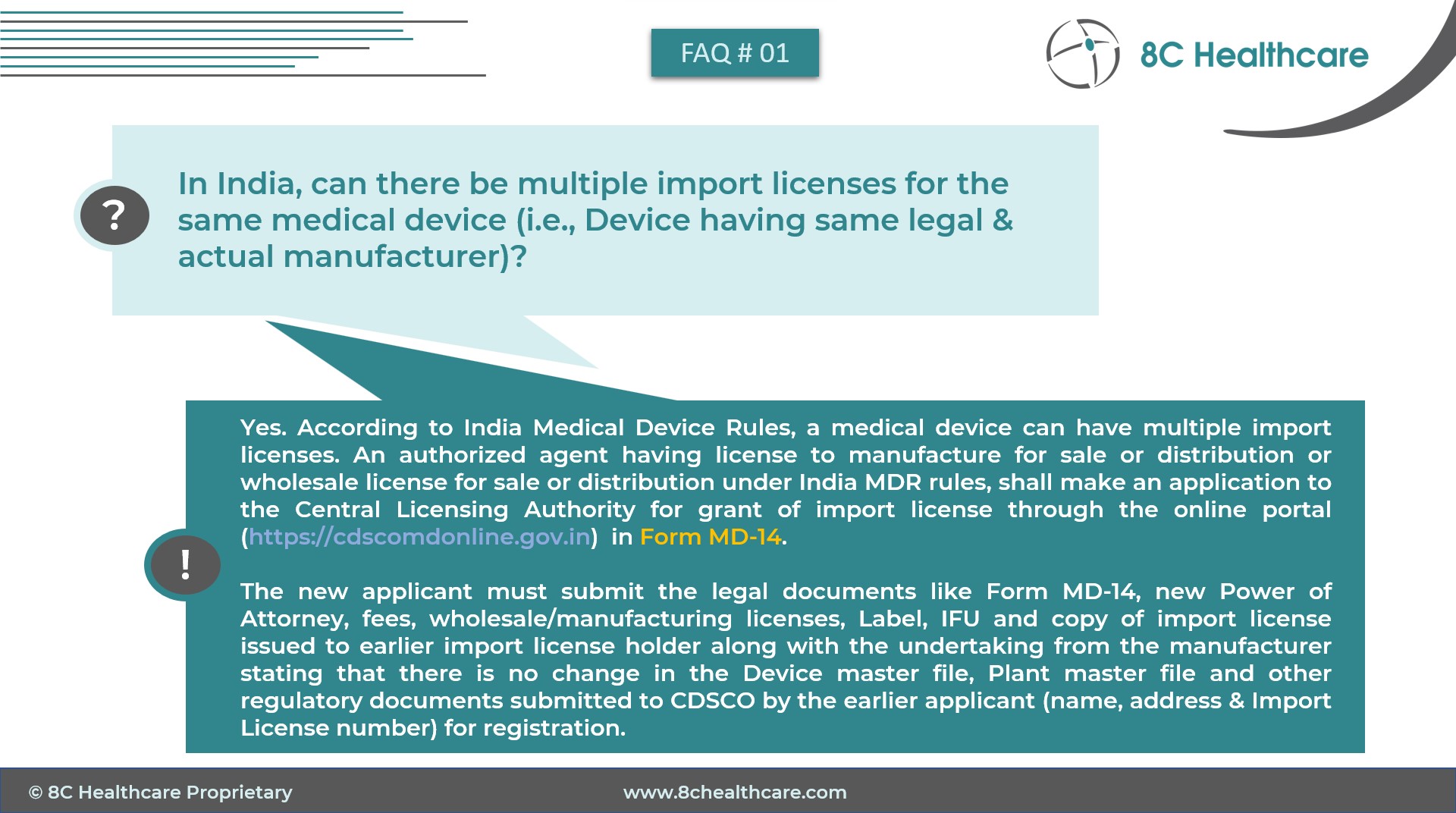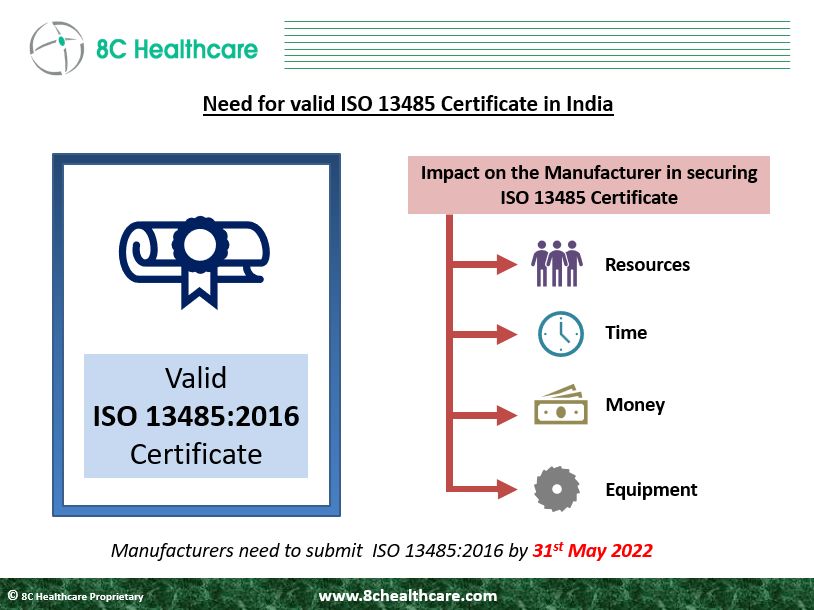Drug Device Combination Products
In the intricate world of combination products, where pharmaceuticals, biologics, and medical devices converge, understanding the regulatory landscape is crucial. The global market for combination medical device products is experiencing robust growth, driven by increased demand for integrated therapies and technological advancements. Market players are focusing on developing innovative solutions to address unmet medical needs.
Combination products span diverse therapeutic areas, including oncology, cardiovascular diseases, and neurology. The market encompasses drug-eluting stents, infusion pumps, combination drug delivery devices, and more.
What are Drug Device Combination Products?
Combination products are entities composed of any combination of a drug, a device, and/or a biological product. The medical device component of combination products plays a pivotal role in cases where the therapeutic effect is achieved through a combination of different product types.
Global Regulatory Frameworks Governing Drug Device Combination Products
In the United States, the Food and Drug Administration (FDA) oversees combination products through the Office of Combination Products (OCP). The regulatory pathway depends on the primary mode of action, with the Center for Devices and Radiological Health (CDRH), the Center for Drug Evaluation and Research (CDER), or the Center for Biologics Evaluation and Research (CBER) playing a lead role. The Center for Devices and Radiological Health (CDRH) is specifically responsible for regulating the medical device component. Understanding the classification, premarket pathways, and post-market requirements is vital for successful market entry. Determining the correct classification of the medical device component within a combination product is often complex.
Within the European Union, combination products are subject to the Article 117 of Medical Devices Regulation (MDR) and In Vitro Diagnostic Regulation (IVDR). Manufacturers must navigate the specific requirements for the medical device component, ensuring compliance with EU regulations.
Various regions, including Canada, Japan, and Australia, have established regulatory frameworks to address combination products. Health Canada, the Pharmaceuticals and Medical Devices Agency (PMDA), and the Therapeutic Goods Administration (TGA) play key roles in these respective jurisdictions.
Unique Challenges for Drug Device Combination Products:
- Interdisciplinary Collaboration: Successfully navigating the regulatory landscape requires close collaboration between experts from different disciplines, including regulatory affairs, quality assurance, and clinical affairs. A harmonized approach ensures compliance with both device and drug/biologic regulations.
- Risk Management: Balancing the risks and benefits of the medical device component is crucial. Manufacturers must conduct a thorough risk assessment, considering both the device’s safety and efficacy and its interaction with other components.
Strategic Regulatory Considerations for Drug Device Combination Products
- Integrated Regulatory Strategies: Developing a successful regulatory strategy requires an integrated approach. Manufacturers should align regulatory pathways for both the medical device and the other components, ensuring a cohesive and efficient submission process.
- Lifecycle Management: Continuous assessment and adaptation of regulatory strategies are essential throughout the product lifecycle. Proactive engagement with regulatory authorities facilitates smooth transitions through various stages, from development to post-market activities.
Comprehensive Solutions: 8C Healthcare Services for Drug Device Combination Products
8C Healthcare’s Regulatory Services for Drug Device Combination Products –
- Determining Primary Mode of Action (PMoA)
- Regulatory Intelligence reports and Strategy for Combination product registration
- EU MDR Article 117 compliance for combination products
- Bridging documentation for medical device component including DHF and Risk Management
- 21 CFR Part 4 QMS compliance for combination products
- RFD and pre-RFD meetings, pre-submission meetings with the Health Agencies


